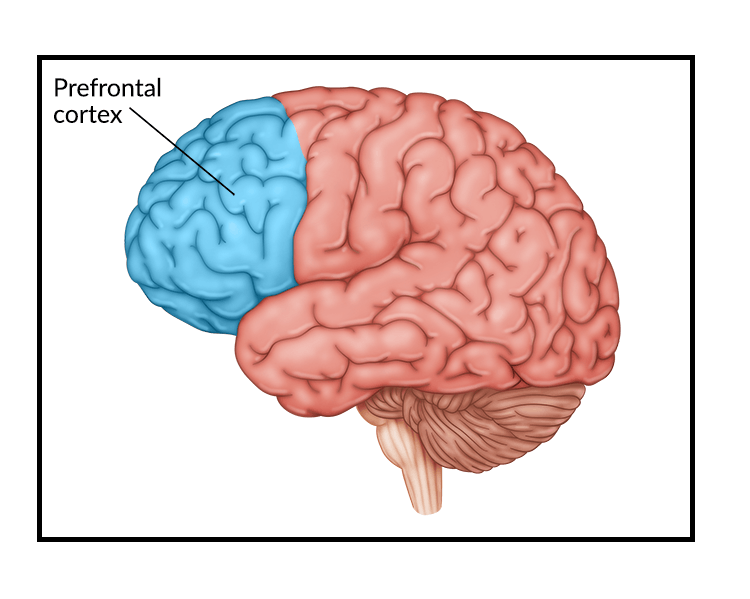
Post-positivism emerged as a response to the limitations of positivism, marking a pivotal shift in the epistemological and methodological foundations of Western psychology. While positivism emphasized objectivity and empirical observation, post-positivism recognizes the influence of subjectivity and the complexity of human behavior. This paradigm underscores the nuanced and iterative nature of scientific inquiry. In this article, we critically evaluate post-positivism within the context of Western psychology.
Understanding Post-Positivism
Post-positivism retains the core tenets of empirical observation and systematic inquiry but incorporates a critical realist perspective. It acknowledges that absolute objectivity is unattainable and that all observations are influenced by theoretical frameworks, biases, and the researcher’s perspective. Post-positivism emphasizes falsifiability, triangulation, and the iterative nature of hypothesis testing to refine knowledge over time.
Key Tenets of Post-Positivism in Psychology
- Critical Realism: Reality exists independently, but our understanding of it is inherently imperfect and mediated by human perception.
- Falsifiability: Scientific knowledge advances by disproving hypotheses rather than confirming them.
- Triangulation: Using multiple methods or data sources enhances the validity of findings.
- Contextuality: Knowledge is influenced by historical, cultural, and social contexts.
Table 1: Principles of Post-Positivism in Psychological Research
| Principle | Description | Example in Psychology |
|---|---|---|
| Critical Realism | Reality exists but is imperfectly understood | Studying mental health disparities across cultures |
| Falsifiability | Knowledge grows by disproving incorrect assumptions | Testing alternative explanations for a phenomenon |
| Triangulation | Validity is strengthened through diverse methods/data | Combining surveys, interviews, and experiments |
| Contextuality | Acknowledging sociocultural influences on research findings | Exploring gender roles in personality development |
Historical Development of Post-Positivism
1. The Critique of Positivism
Post-positivism emerged in the mid-20th century as scholars questioned the rigidity of positivism. Philosophers such as Karl Popper and Thomas Kuhn critiqued the notion that science progresses linearly through objective accumulation of facts.
- Popper’s Contribution: Karl Popper emphasized falsifiability as the demarcation criterion for science, arguing that no theory can be definitively proven, only disproven (Popper, 1959).
- Kuhn’s Paradigm Shifts: Thomas Kuhn highlighted the role of paradigms and scientific revolutions in shaping knowledge, demonstrating that science is not entirely objective but influenced by sociocultural contexts (Kuhn, 1962).
2. Integration into Psychology
Post-positivism gained traction in psychology as researchers sought to address the limitations of positivist methodologies. The paradigm has been instrumental in advancing mixed-methods research, where quantitative and qualitative approaches are integrated to capture the complexity of human behavior.
Applications of Post-Positivism in Psychology
1. Clinical Psychology
Post-positivism informs evidence-based practices that combine empirical research with clinical expertise and patient values.
- Example: Integrating randomized controlled trials (RCTs) with qualitative case studies to evaluate therapy effectiveness.
- Research Insight: Kazdin (2011) highlighted the importance of contextualizing therapeutic interventions within individual and cultural frameworks.
2. Developmental Psychology
Post-positivist methods enable researchers to explore the interplay of biological, environmental, and cultural factors in human development.
- Example: Longitudinal studies examining the impact of socioeconomic status on cognitive development.
Table 2: Examples of Post-Positivism in Psychology
| Field | Application | Example |
|---|---|---|
| Clinical Psychology | Evaluating therapies using mixed methods | Combining RCTs with patient narratives |
| Developmental Psychology | Studying developmental trajectories | Longitudinal studies on cognitive development |
| Social Psychology | Understanding group dynamics | Triangulating experiments, surveys, and interviews |
Strengths of Post-Positivism
1. Flexibility and Inclusivity
Post-positivism accommodates diverse methodologies, enabling researchers to address complex psychological phenomena.
- Example: Studies on resilience integrate quantitative measures (e.g., cortisol levels) with qualitative narratives to provide a holistic understanding.
2. Emphasis on Context
By recognizing the influence of sociocultural and historical contexts, post-positivism produces more nuanced and applicable findings.
- Example: Research on workplace motivation considers organizational culture and employee demographics.
3. Improved Validity
Triangulation enhances the reliability and credibility of research findings.
- Example: A study on emotional intelligence combines self-report questionnaires, behavioral observations, and peer feedback.
Critiques and Limitations of Post-Positivism
1. Persistent Biases
Despite efforts to minimize bias, complete objectivity remains unattainable.
- Example: Researchers’ cultural assumptions may influence the interpretation of qualitative data.
2. Complexity in Implementation
Mixed-methods designs can be resource-intensive and require interdisciplinary expertise.
- Example: Combining neuroimaging techniques with ethnographic methods demands significant time and financial investment.
Table 3: Strengths and Limitations of Post-Positivism
| Aspect | Strength | Limitation |
|---|---|---|
| Flexibility | Accommodates diverse methods | Complexity in design and execution |
| Contextual Awareness | Produces nuanced and applicable findings | Potential for interpretative biases |
| Triangulation | Enhances reliability | Resource-intensive processes |
Contemporary Perspectives on Post-Positivism
Post-positivism continues to evolve, influencing interdisciplinary research and promoting integrative approaches.
1. Mixed-Methods Research
Post-positivism has fostered the development of mixed-methods frameworks that bridge the gap between quantitative and qualitative traditions.
- Example: Research on mental health stigma employs surveys to quantify prevalence and interviews to explore lived experiences.
- Research Insight: Creswell and Plano Clark (2011) argue that mixed-methods designs offer a more comprehensive understanding of complex phenomena.
2. Intersectionality in Psychology
Post-positivism’s emphasis on context aligns with intersectionality, a framework that examines how overlapping identities (e.g., race, gender, class) shape experiences.
- Example: Studies on discrimination consider multiple identity factors to capture nuanced realities.
Conclusion
Post-positivism represents a critical advancement in the paradigms of Western psychology, addressing the limitations of positivism while retaining its commitment to empirical inquiry. By emphasizing critical realism, falsifiability, and contextual awareness, post-positivism fosters a more inclusive and reflective approach to understanding human behavior. However, its reliance on complex methodologies and persistent biases underscores the need for continuous refinement. As psychology grapples with increasingly multifaceted challenges, post-positivism provides a robust framework for advancing knowledge while honoring the intricacies of the human experience.
References
- Creswell, J. W., & Plano Clark, V. L. (2011). Designing and Conducting Mixed Methods Research. Sage Publications.
- Kazdin, A. E. (2011). Evidence-based treatment and practice: New opportunities to bridge clinical research and practice, enhance the knowledge base, and improve patient care. American Psychologist, 66(2), 146–159.
- Kuhn, T. S. (1962). The Structure of Scientific Revolutions. University of Chicago Press.
- Lincoln, Y. S., & Guba, E. G. (1985). Naturalistic Inquiry. Sage Publications.
- Popper, K. (1959). The Logic of Scientific Discovery. Routledge.







